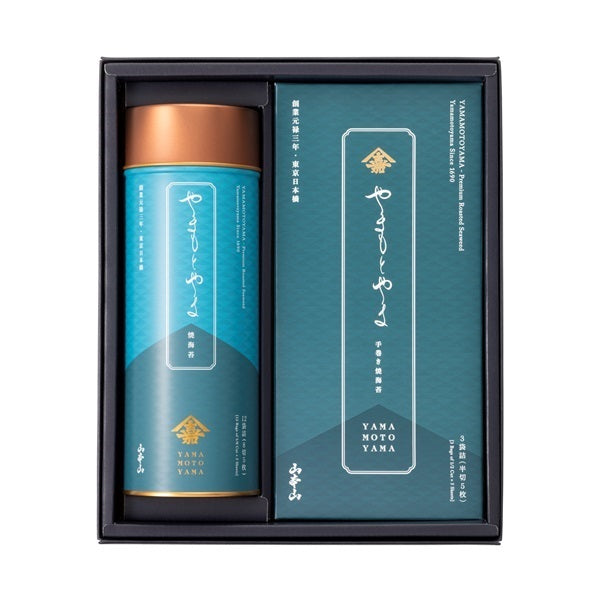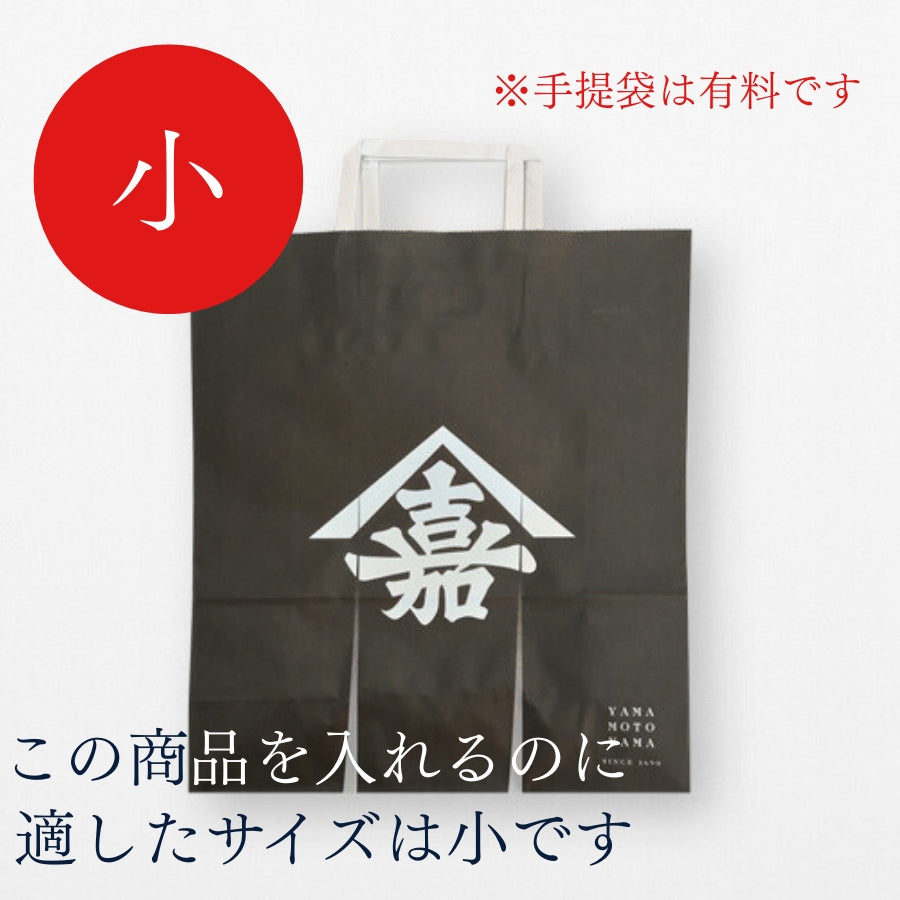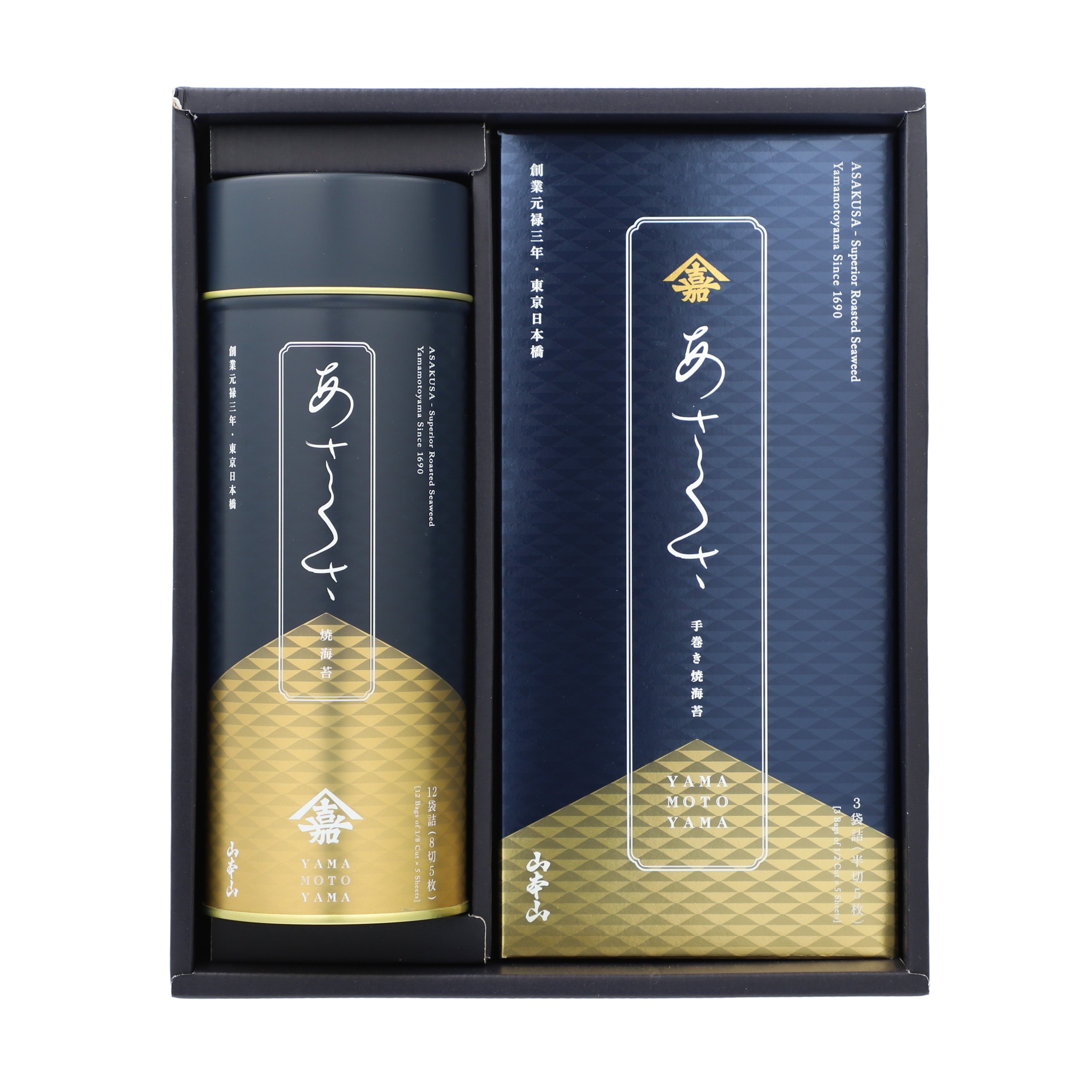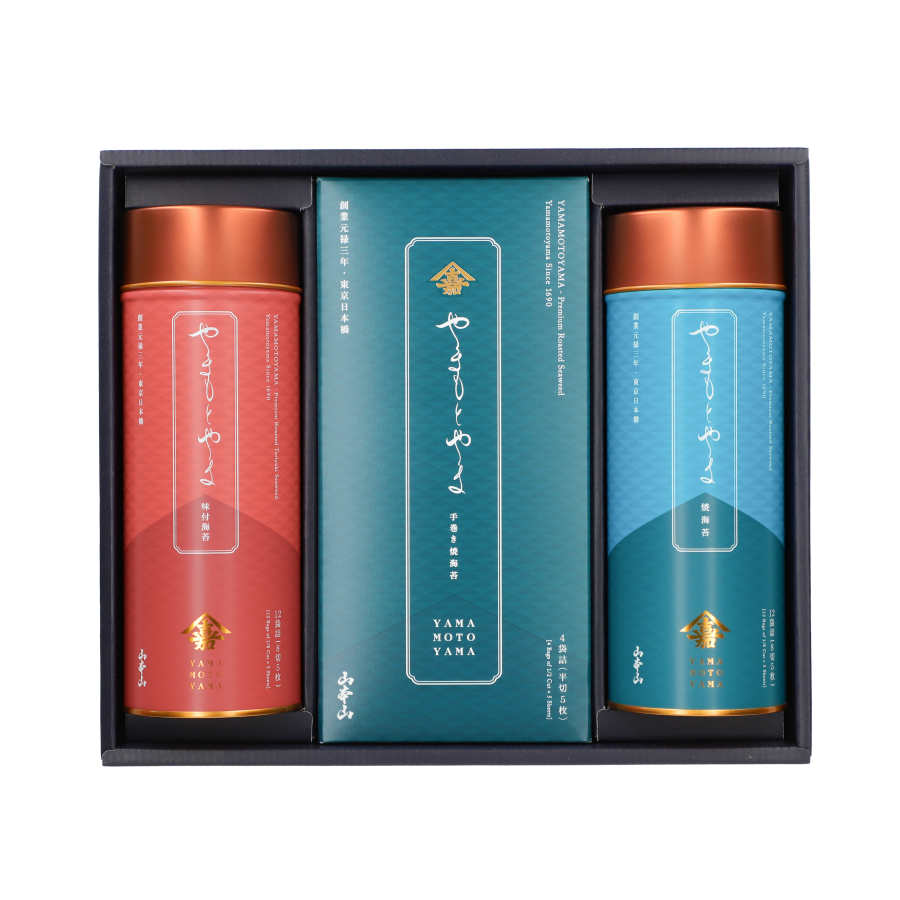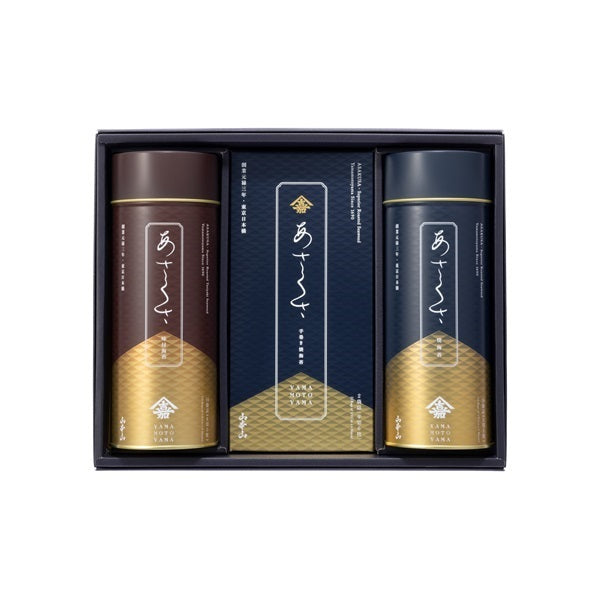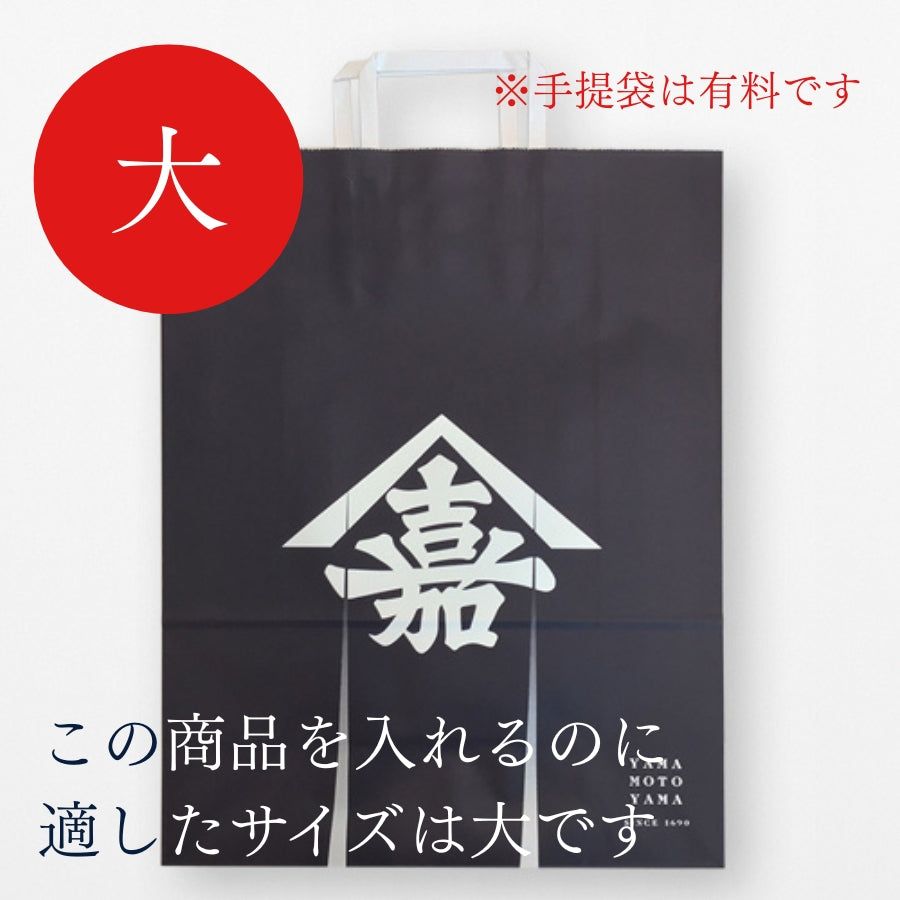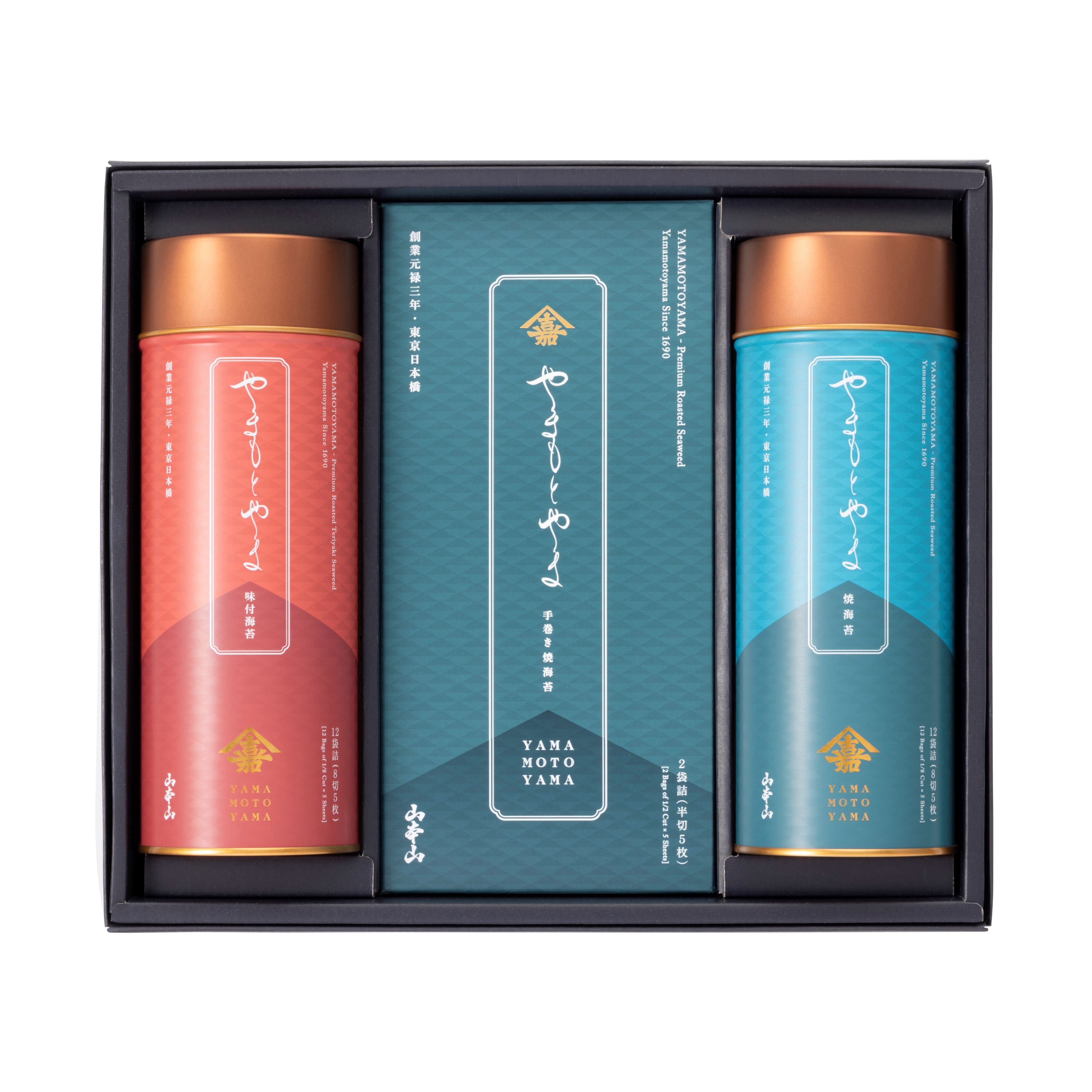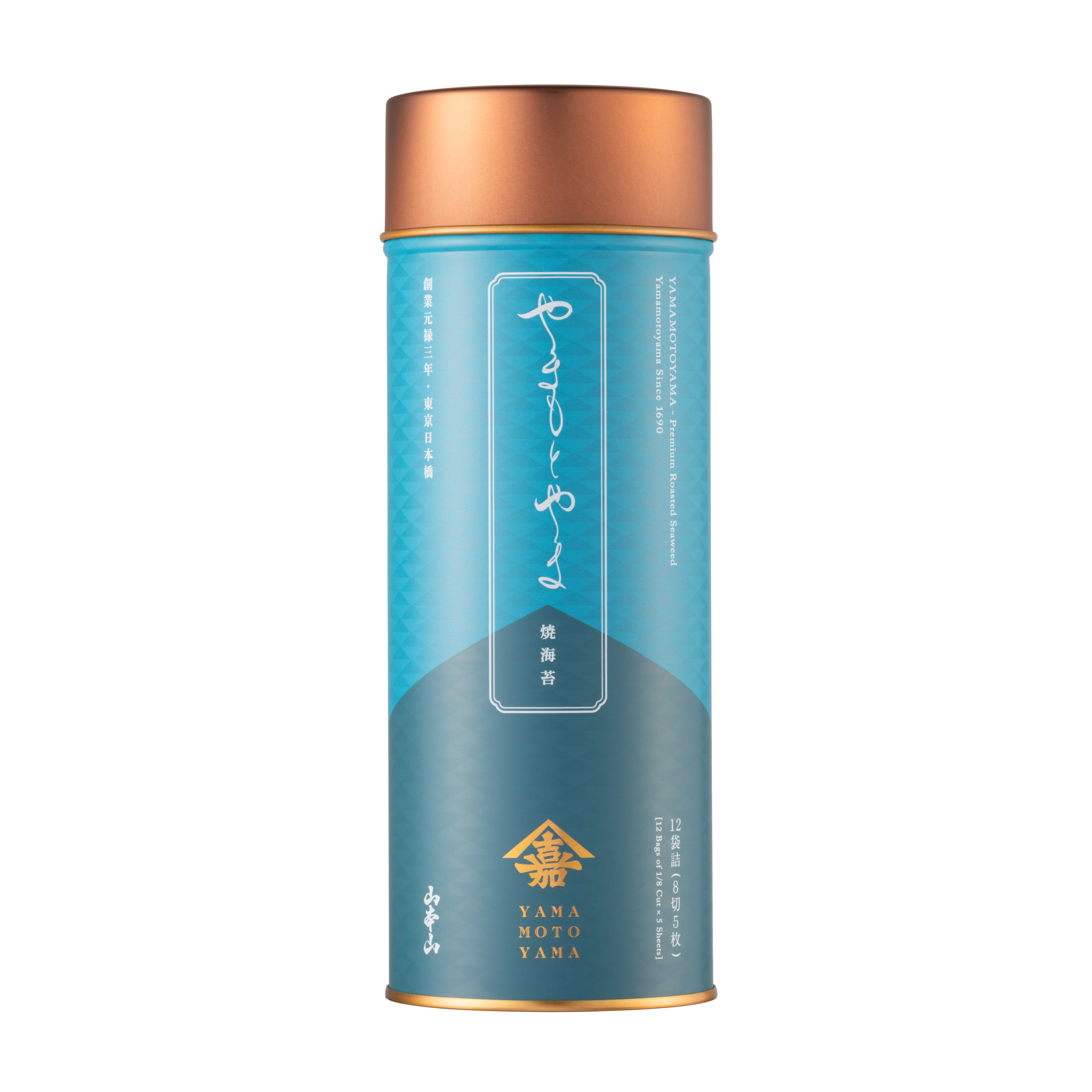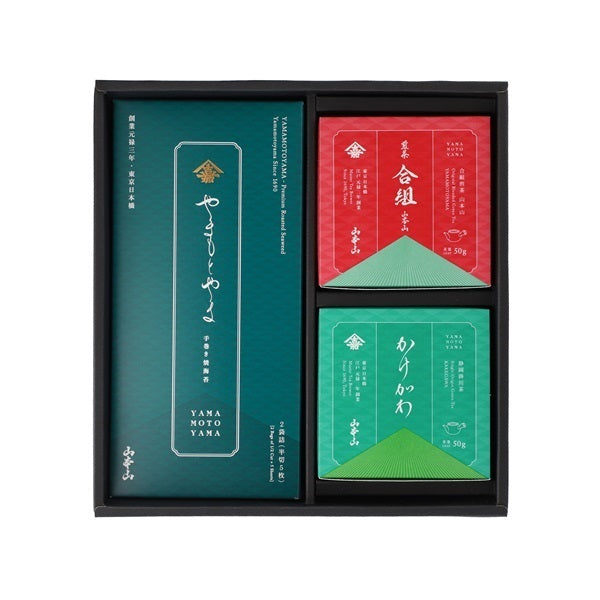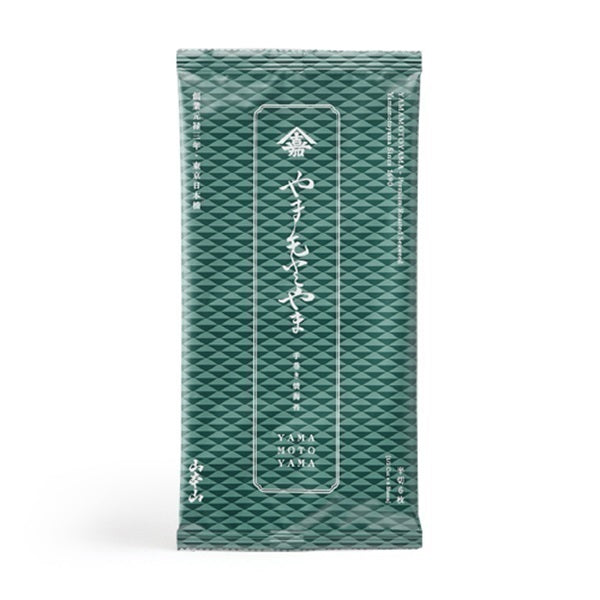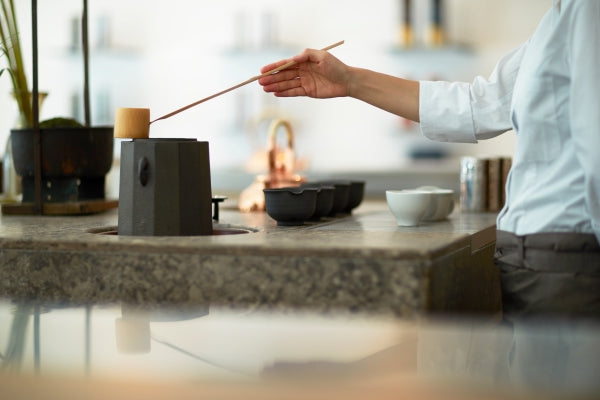Article: Do you prefer crispy or soft seaweed for your onigiri rice balls?
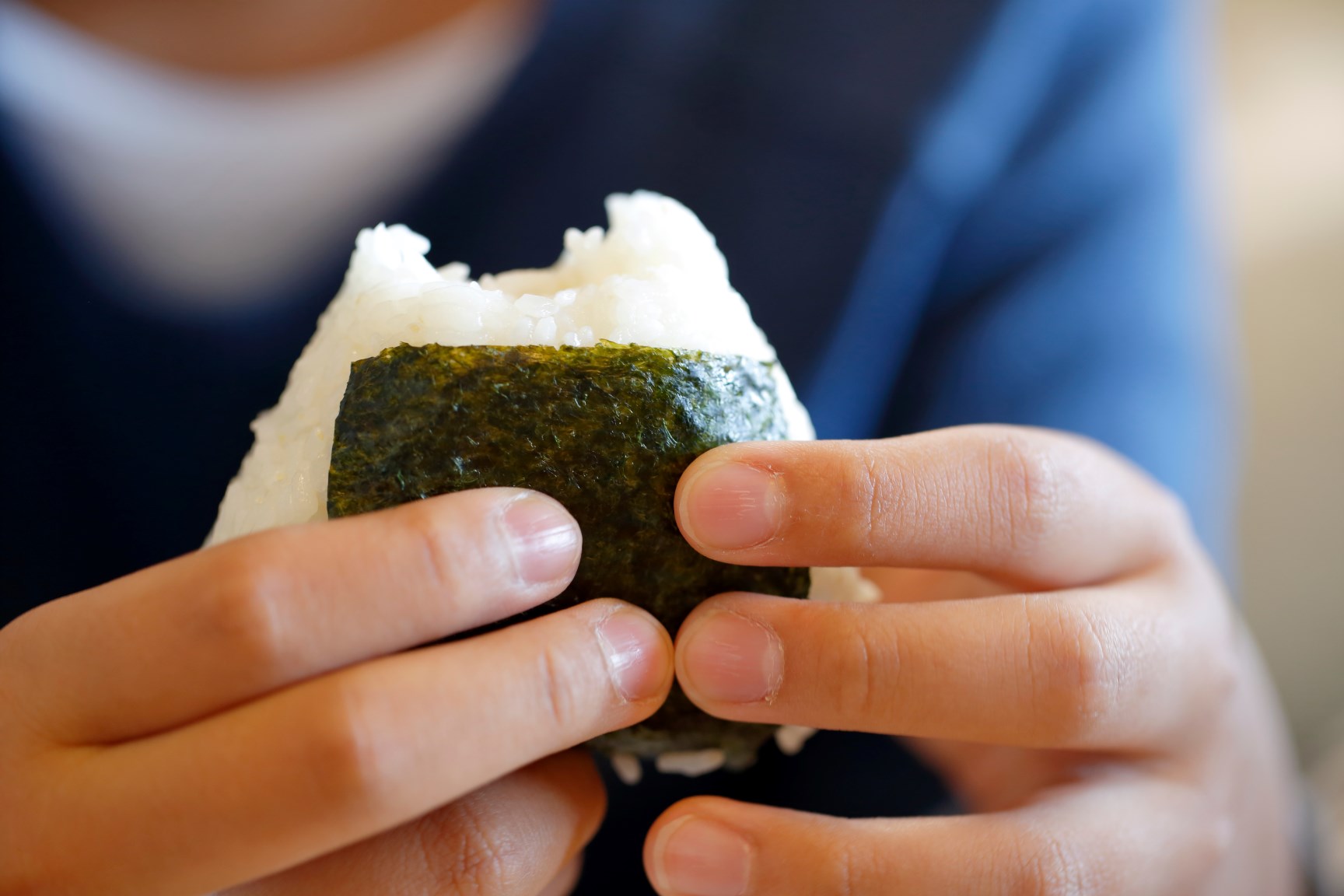
Do you prefer crispy or soft seaweed for your onigiri rice balls?
Crispy or soft, which do you prefer?
This might be out of the blue, but do you prefer crunchy or soft seaweed on your onigiri rice balls? Which do you prefer?
My family is from the Hokuriku region, so we were a rare breed in that our rice balls were covered in grated kelp instead of seaweed, so my first experience with rice balls wrapped in seaweed (convenience store rice balls) was when I was in junior high school.
For adolescent girls, crunchy seaweed somehow seemed more fashionable than soft seaweed. I continued to prefer crunchy seaweed for a while, but as I got older, I started to prefer soft seaweed. (It's true that tastes change as you get older.)
As we have mentioned before, different seaweeds have different characteristics depending on where they are produced, and each has its own unique flavor.
This time, we will introduce the perfect seaweed for both those who prefer crispy and soft.

For those who prefer crispy foods, we recommend those from Setouchi.
If you prefer something crispy, seaweed from the Seto Inland Sea, which has a good bite and a strong seashore scent, would be a good choice.
In the Seto Inland Sea, floating farming is the norm, so you can enjoy a thicker, more elastic, and firmer texture than the seaweed from Ariake. You'll enjoy the contrast between the crispy texture of the seaweed and the fluffy rice when you take a bite.

If you prefer softer fish, we recommend those from the Ariake Sea.
For those who prefer softer seaweed, we recommend nori from the Ariake Sea, which is said to be "soft enough to melt in your mouth."
Ariake nori made using the support system has a much softer and fluffier texture than seaweed from the Setouchi region. It melts in your mouth nicely, bringing out the unity of the seaweed and rice even more.

Does seaweed's flavor increase when it absorbs water?
Now, this got me curious, so I did some research. I feel that there is a big difference in the texture of "soft" seaweed and the taste when you put it in your mouth, as well as the difference in the taste when you put it in your mouth. Why is that?
This is due to the three umami components that nori contains. Nori is packed with the three major umami components: glutamic acid, which is abundant in kelp; inosinic acid, which is abundant in bonito flakes; and guanylic acid, which is abundant in shiitake mushrooms. All of these components are highly soluble in water.

The flavor of the soggy seaweed is more likely to dissolve into the rice.
In other words, when seaweed and rice are combined for a long time and soaked up moisture, the umami components contained in the seaweed are more likely to dissolve into the rice.
Whether the seaweed is "crispy" or "shinashina," the amount of umami compounds contained in the seaweed itself is the same, but because the compounds dissolve in water and are more easily delivered to the tongue, "shinashina" has a stronger umami flavor.

summary
Of course, neither is better, and food is a matter of personal preference. Some people may find that "shriveled seaweed is too strong for them."
Enjoy it in any way you like, whether it's the fresh aroma and crisp texture of the freshly rolled seaweed, or the moist texture of the rice and seaweed combined.

